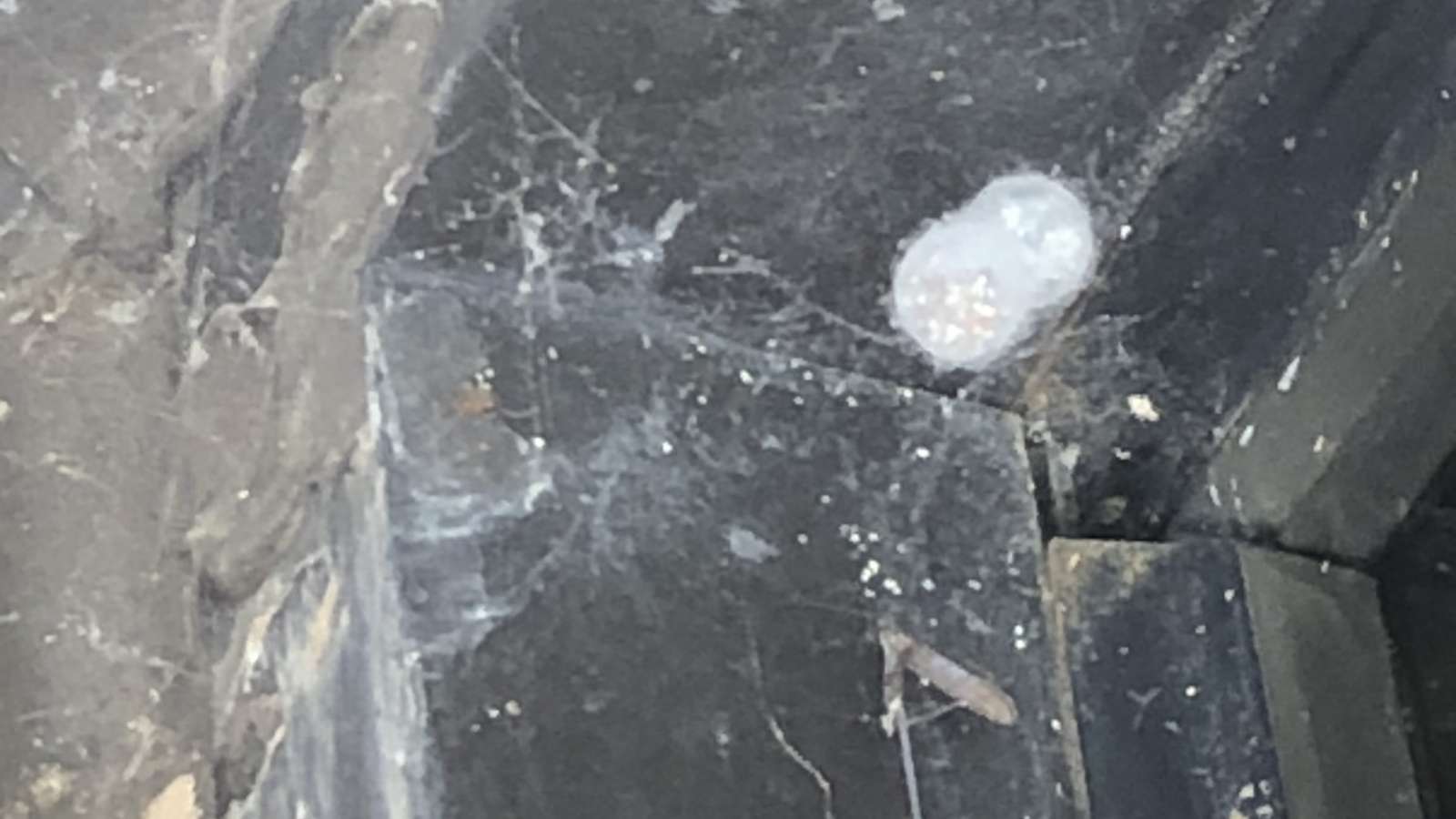Being in the October season, if is fitting to touch on the scarier parts of entomology. Halloween is right around the corner, and with it comes witches, skeletons, ghouls and ghosts. One of the most predominant and lasting symbols of this scary season is the spider. So this October, we will explore the Hobo spider. How dangerous is the Hobo spider? There have been conflicting studies, but overall the consensus is that this spider is harmless.
The hobo spider predominantly keeps to itself. It has been called the aggressive house spider, but it is neither aggressive, nor a house spider. This spider lives outside and only bites humans when it is trapped against the skin. And when it bites in defense, it will most often dry bite, or bite without using its venom. This is a warning shot, in an attempt to get away without using venom. In a few rare cases, warning shots will go unheeded, and the spider will bite with venom as a last resort.
OVERRATED STUDIES
In the 70’s and 80’s, a large number of reports of spider bites inducing a necrotic legion came into the Washington State University. Darwin Vest, a toxicologist working at the University, decided to investigate. He looked into 75 different cases, and whittled them down to 22 possible legitimate possibilities. His team laid sticky traps and found that 16 of these homes had large populations of hobo spiders. If you do as well, call your Oklahoma exterminator for help.
This alone does not prove that the hobo spider bite is poisonous to humans. It simply proves that they were there. So, Vest and his team collected live specimens and milked them for venom. He then injected the venom into the backs of rabbits. This produced a necrotic legion. Then, to further prove his theory, he trapped the spiders against the backs of rabbits, forcing them to bite, also creating these legions.
Case closed, right? Not quite. Greta Binford of Lewis and Clark College and some of her colleagues at the University of Michigan tried to reproduce Vest’s experiments, with negative results. Even the forced bites only produced small red bumps on the backs of rabbits. Pair that with the fact that hobo spiders don’t often habituate with humans, and the fact that they will dry bite first, when threatened, and the likelihood of these spiders attacking and causing great damage to us is very unlikely.
LIFECYCLE
The hobo spider is predominantly an outside spider. In the coastal regions, it’s entire lifecycle may only last one year, yet inland spiders may live two to three years. Eggs are deposited in the fall and hatch in the spring. The spiderlings will molt one time before breaking away from the egg sack. The young spider will develop over the summer, or possibly multiple summers, and then overwinter before reaching sexual maturity the following year. In the late summer, males will seek out females to mate, and once they have done this, they will die. A good Tulsa exterminator can get these under control.
The females will lay between one and four eggs, depending upon the availability of food. After laying these eggs in the fall, they will either die or overwinter one more time. It is often during the mating season, when males are roaming around looking for a mate, that they will stumble into someones home. This is where the idea comes from that they are a house spider. Nothing could be further from the truth.
THE HUNT
Hobo spiders build non sticky webs in the shape of a funnel. They resemble a trampoline with a hole at one end. The spider waits at the hole for its prey to stumble upon the web, and then it strikes. The hobo spider is very quick, usually moving around three feet per second. It bites its prey with a venomous bite, and then takes it back to the hole in the web to feed upon its prey.
Because of the non sticky nature of its web, hobo spiders are not very good climbers. They have trouble scaling smooth surfaces, and will predominantly stay on the ground when finding their way into your home. They can climb rough surfaces, such as carpeted stairs, or textured walls, but prefer to find places to hide, instead of being blatantly out in the open. They prefer to be hidden outside in brush, log piles and other cover. Contact your Oklahoma pest control company for help.
HISTORY
The Hobo spider was actually imported from Europe in the 1930’s. The European version of this spider is almost never found in homes. The moniker, “aggressive house spider” was originally a misinterpretation of its species name agrestis, which correctly translates to “field or land”. This name was given because these spiders habituate outside. The giant house spider has pushed most of the hobo spiders outside.
ELIMINATING SPIDERS FROM YOUR HOME
Hobo spiders, like most spiders, are somewhat difficult to completely eliminate. They move with their bodies suspended in the air, unlike most other insects. This means that less of them is in contact with pesticide treated surfaces, such as walls and flooring, making it more difficult to control them. But methods are available.
If you are having issues with spiders of any kind in your home, it is time to contact your local Tulsa pest control company. Here at TermMax Pest Control, we have specialized programs specifically for spiders, or any other pest issues you may have. We service the Tulsa, Broken Arrow, Coweta, Sand Springs, Pratville, Bixby, Owasso and Catoosa area. Call today for a free estimate! We’re here to help!


